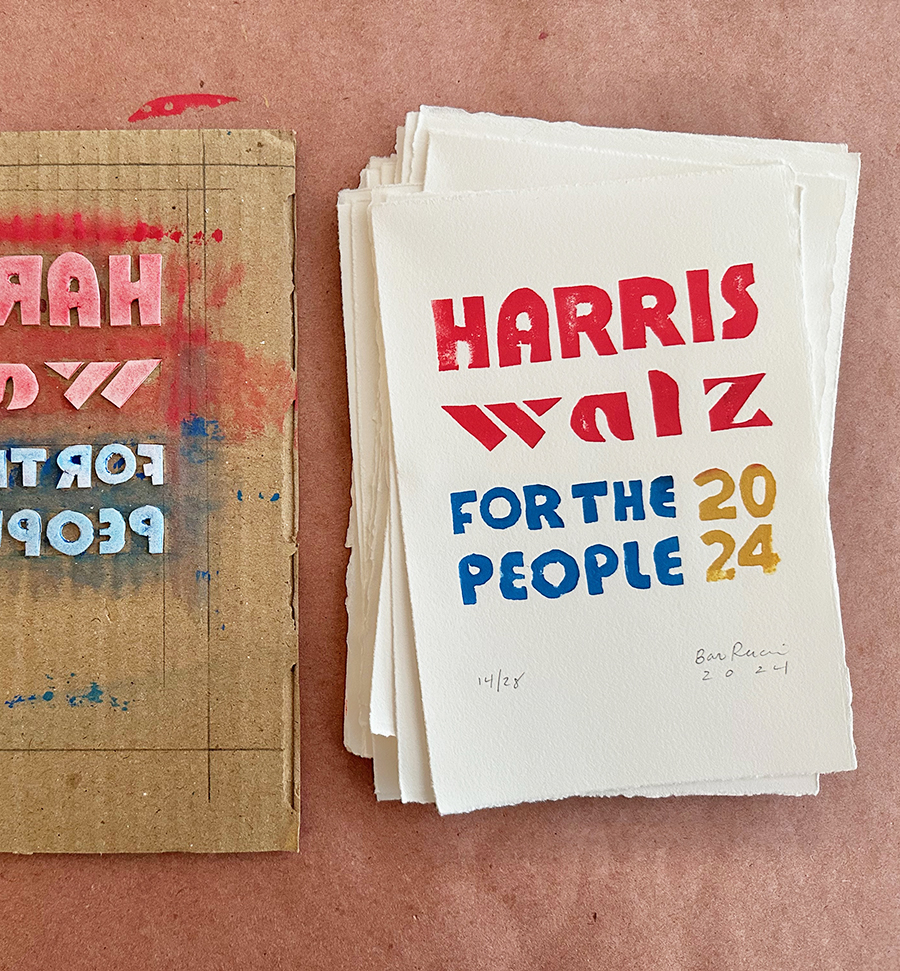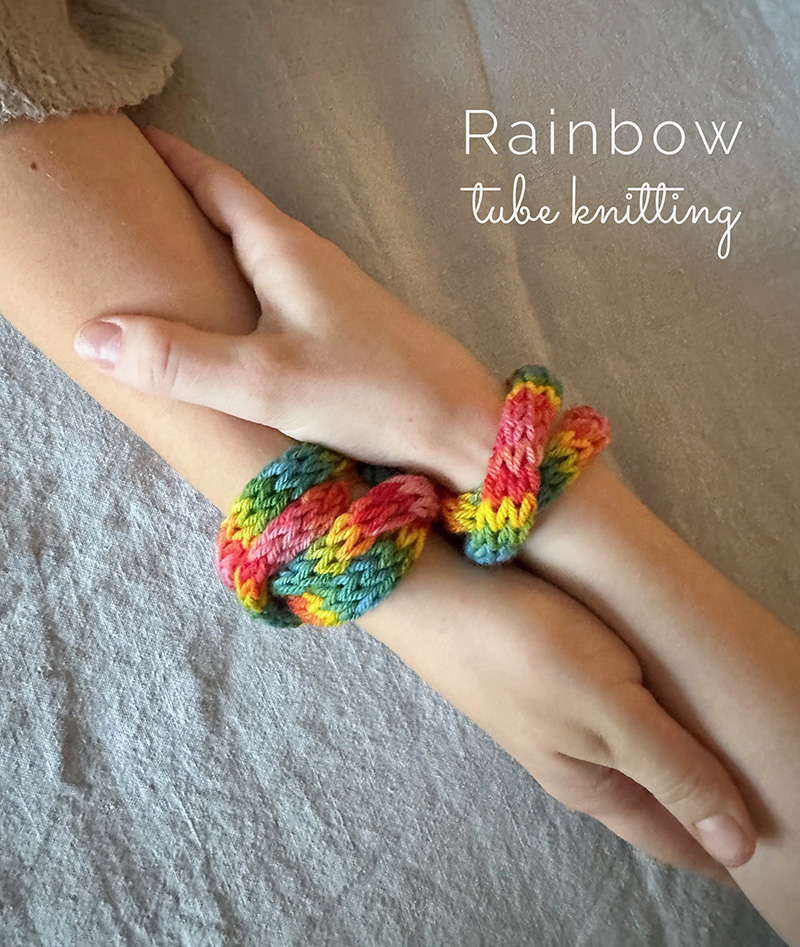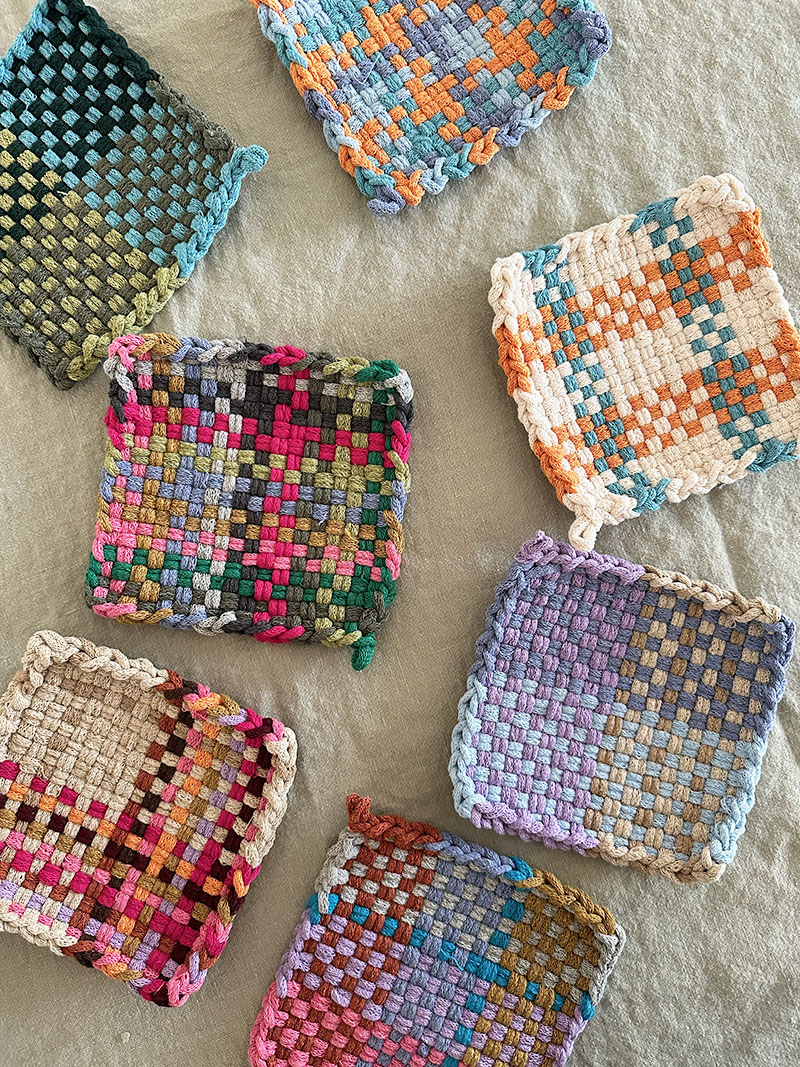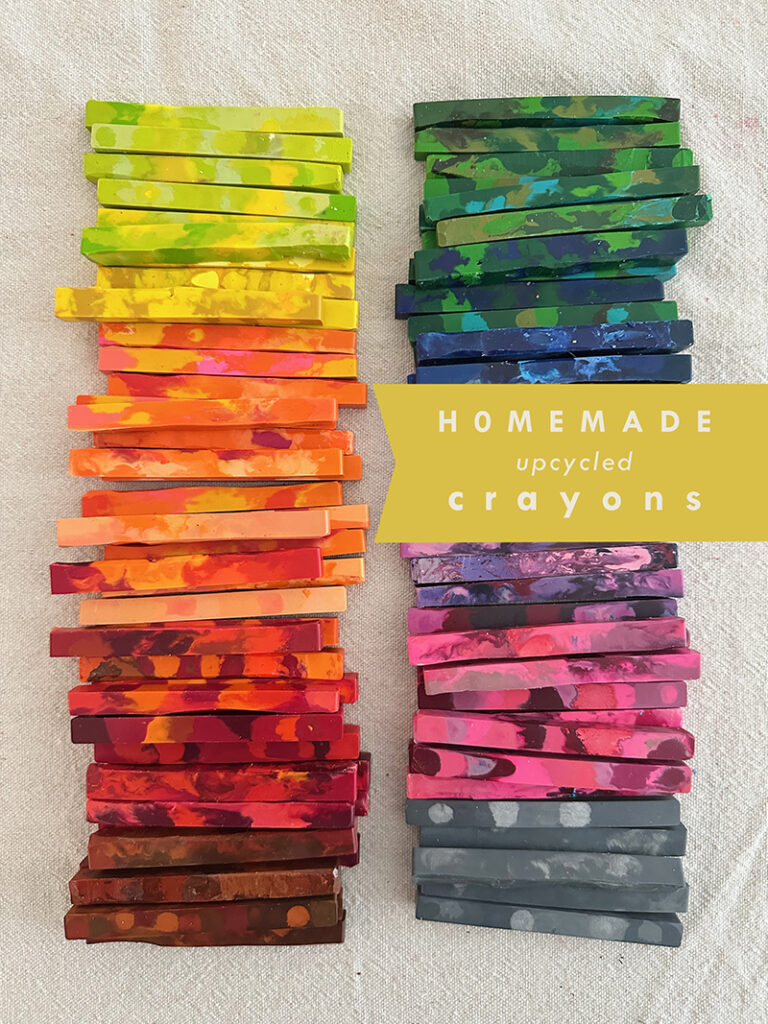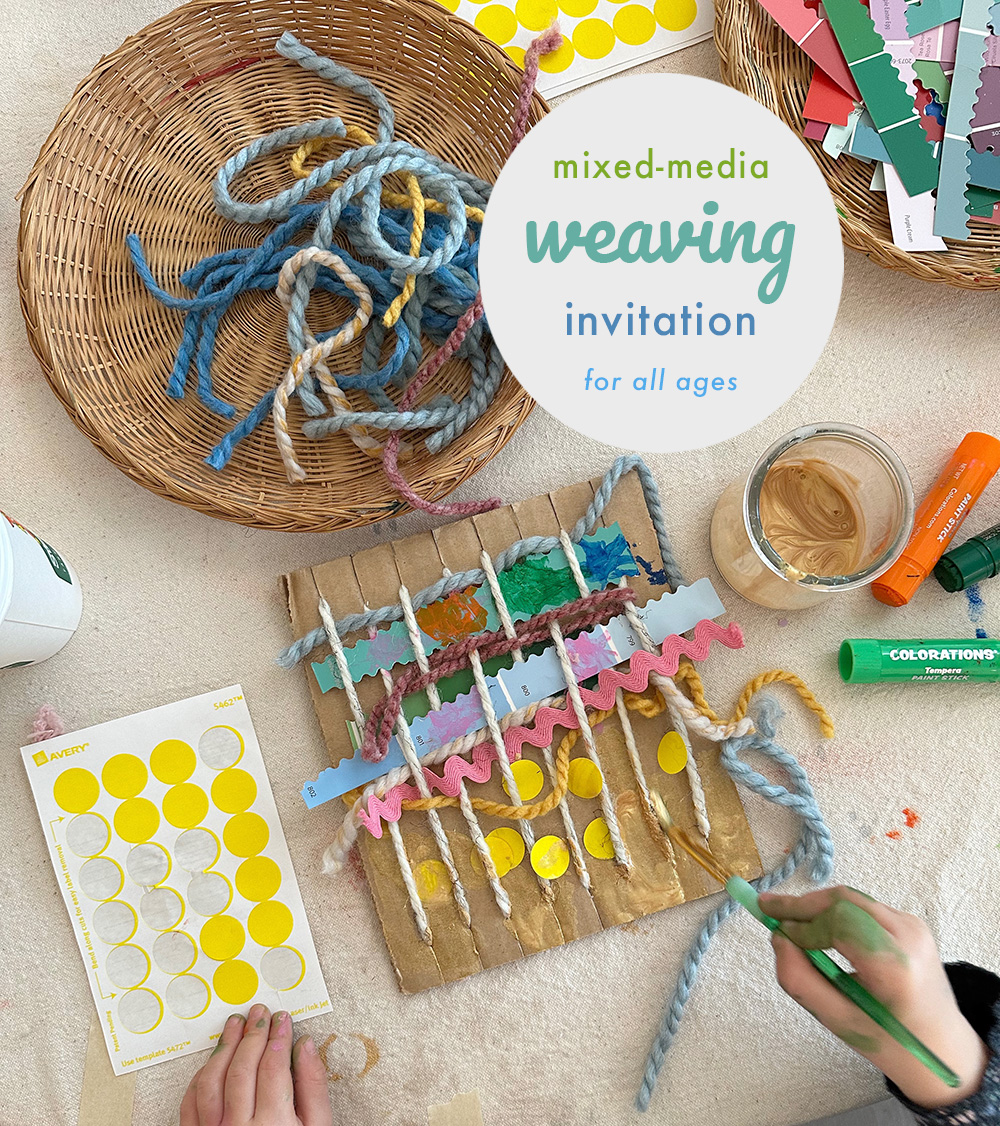If you know me at all or follow me anywhere, you know that I have strong guiding principles which I live by. None stronger than leading with love. Radical love is my north star, not that I am perfect, but I try and frame everything and respond to everything with that lens. This makes it easy for me to choose where my vote goes. As Jen Hatmaker writes, “We head into the voting booth with one of two mindsets: fear or love.” There is no perfect candidate, but I choose the ones who will fight for all the people and not just their own self-interest; who will protect women’s rights, marriage equality, voting rights, our earth. I hate politics, but it can’t be ignored. Art is my way of expressing hope for the future. If you are like-minded and inspired by these handmade prints, I am selling them in my Etsy shop. All proceeds will be donated to support these and other Democratic candidates.

[ I am a participant in affiliate programs designed to provide a means for bloggers to earn small fees at no cost to you by linking to Amazon.com and affiliated sites. ]
Supplies used to make collagraph prints:
~ Piece of flat cardboard
~ Printmaking ink (I used Blick but Speedball also good)
~ Brayers
~ Non-porous trays/surface for inking

How to my typography-based collagraph prints:
1. First rule of typographical prints: you are creating a mirror image. This means, all letters and words are backwards. So check your spelling! (*I’ve made this mistake too many times, including this time.*)
2. I designed the typography on my computer. However you design yours, the next step is to use a pencil to make a thick, heavy outline of each letter.
3. Turn the paper over and trace the letters onto the foam, hopefully leaving a clear enough outline for cutting.

4. Cut your letters using good, sharp scissors. If they are really small, you might have to use an X-acto knife. You will definitely need one to cut out the inside of the letters.

5. I measured and use pencil marks on the cardboard before sticking down the letters. The sticky-back foam makes it easy to peel-and-stick.

6. Cut down your paper. I tore mine using a heavy ruler. You can use cardstock that is already the correct size and skip this step. Just make sure your paper is bigger than your “printing plate.”

7. Roll out the ink with the brayers. I added a little white just to brighten the color. I added a dash of purple and a dash of orange to the bright yellow just to both mute and warm the hue. You want a sticky sound when rolling. Not too much ink. In fact this was too much ink when I first started. I had to wipe some off. You don’t need much, just cover the roller completely and evenly.

8. Roll the ink onto the foam. This part is tricky since I used three colors. Using one color is much easier. You might want to protect the cardboard around the raised foam that you are inking with a piece of flat paper. The roller can/probably will roll some ink onto the cardboard and that can/probably will transfer to the paper. In my opinion, it’s ok because that is the nature of printmaking, especially in this very rudimentary way. But if you are selling them or just don’t want those smudges, take the extra step in protecting the cardboard.

9. Lay your paper on top. I drew pencil marks to outline where the paper should go, which is kind of a must. Press down for a while, gently rubbing the back of the paper and feeling the letters underneath. Then slowly pull your print. The first few prints were bad, and usually are. The ink was too goopy. I started getting good prints around the 3rd or 4th run. I had to cut the ink way down.

10. After I finished all the good paper, I used cut-up old maps to print on. I love the way these look. Unfortunately, if you look closely, I messed up this entire first batch. I did not follow my rule of double/triple checking the backwards spelling, and I transposed two letters in PEOPLE. The bad news is that I used all the map paper and couldn’t use any for my second run after I fixed the letters. The good news is now we have another inside family joke. Not a day goes by that we don’t say “For the Poeple” to each other (we pronounce that like Edgar Allen Poe-ple).


Here is a short reel on Instagram on the making of these prints. I only have 18 available in my Etsy shop!
xo Bar
– – – – – – – – – – – – – – – – – – – –
Do you like collagraph printmaking? Here are some more ideas:

